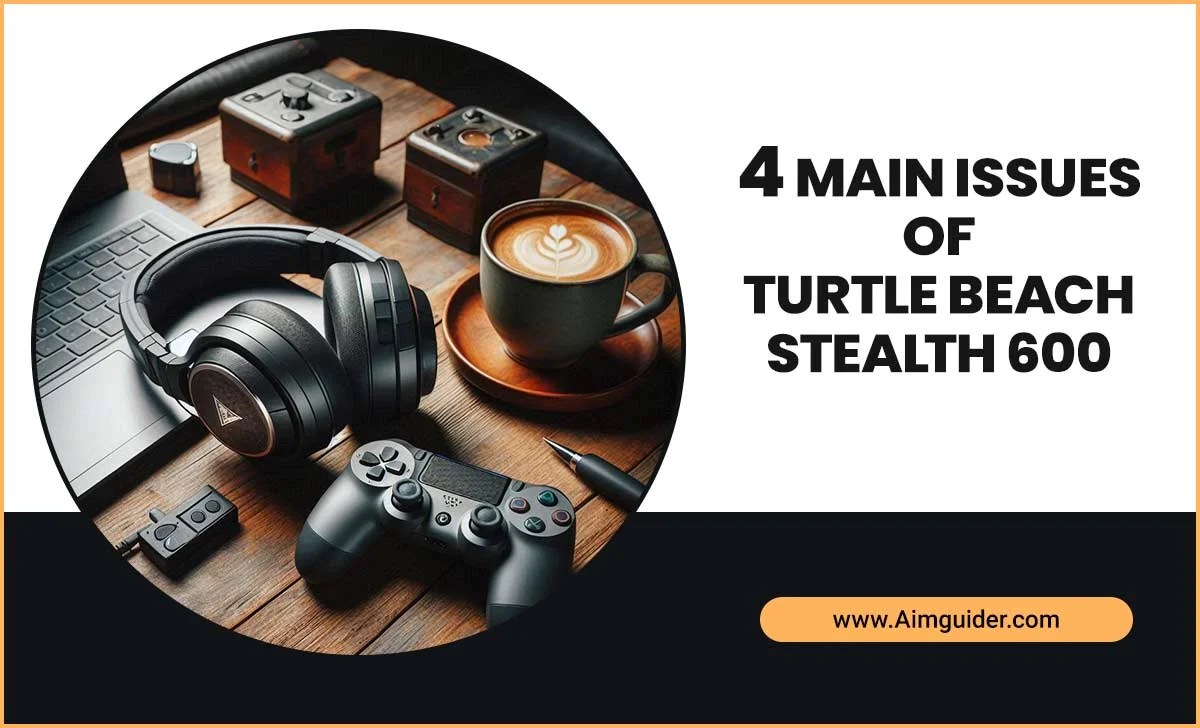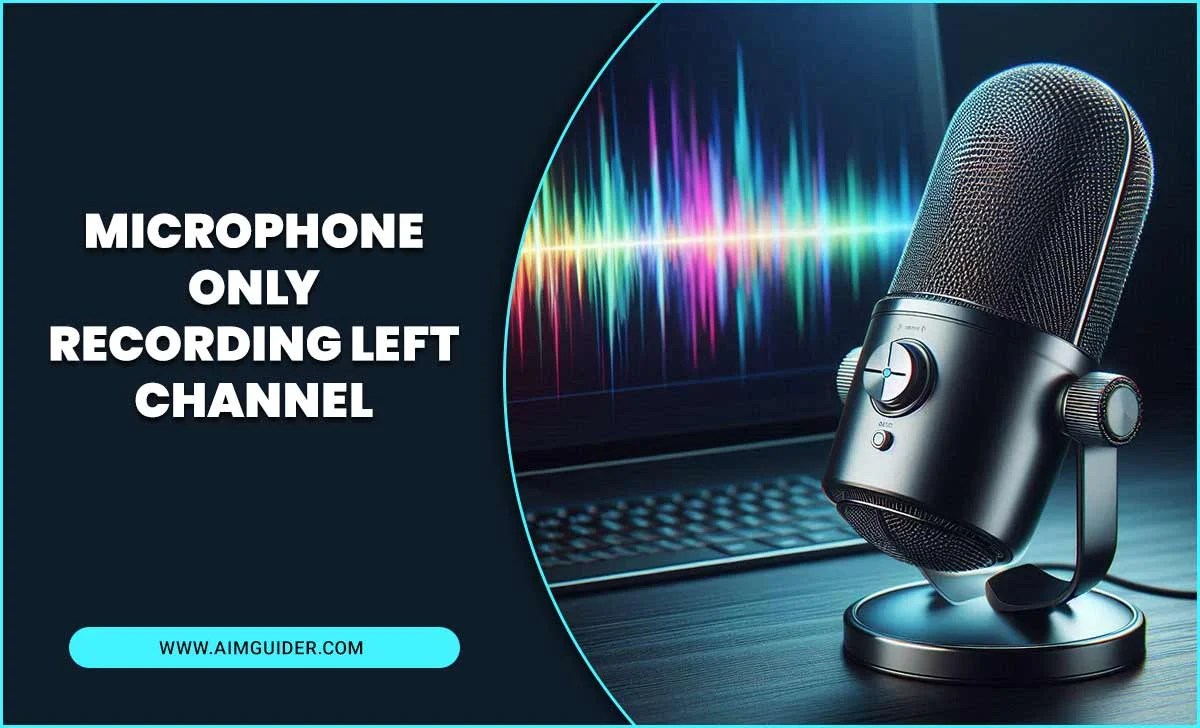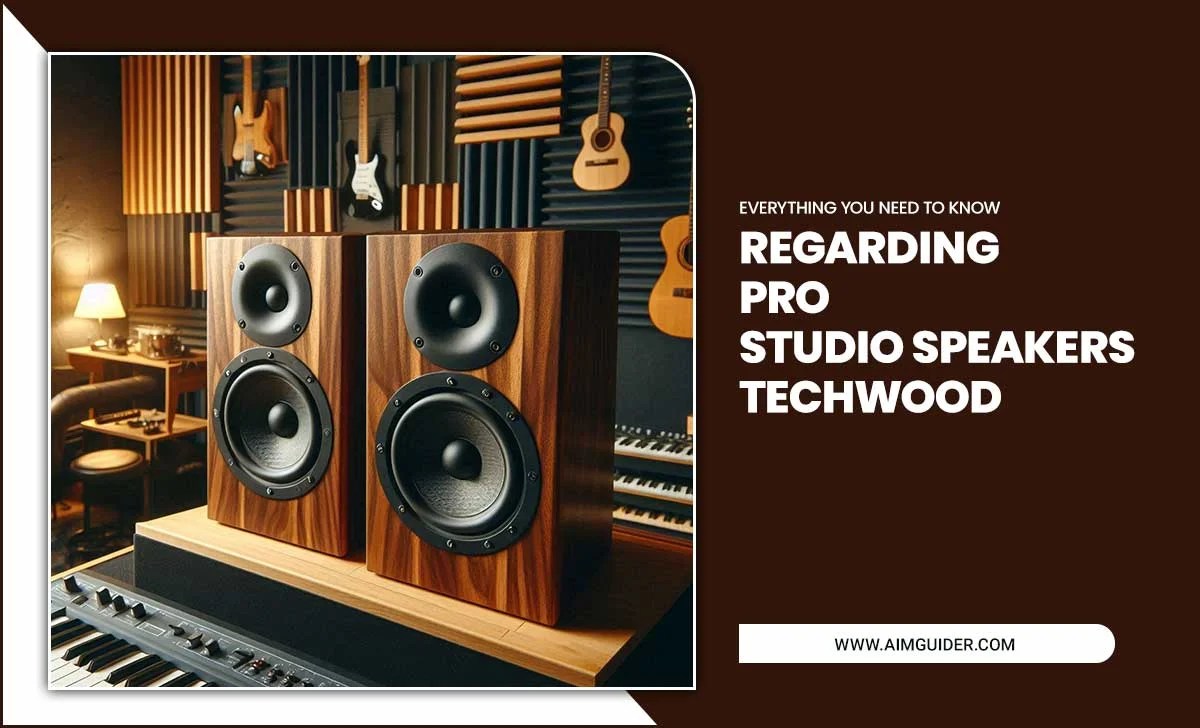Bluetooth headphones are getting popular day by day. Some smartphone companies are removing the 3.55mm jack from their phones. That’s why many people buying Bluetooth headphones.But wired headphones are the best headphone in my perspective. Because wired headphones don’t have a time delay issue.
Gamers face a big problem playing multiplayer online games with Bluetooth headphones because Bluetooth headphones have a time delay issue.The wired headphone cable plays the main role in sending the audio signal fast. In this article, we will talk about some major parts of a headphone cable and their work.

What Is A Headphone Cable?

A headphone cable is a technology that receives audio from sources and passes those signals to headphones through wires. It also can pass your voice to the source.
There are many types of headphone cables. Every type of cable has different works. There are three popular headphone cables 2.5mm, 3.5mm, and 6.3mm. 3.5mm is a well-known cable.
In phone, mp3 players, cd players, and boom boxes, you will find this cable. That’s why we decided to talk only about the 3.5mm cable.
Parts Of A Headphone Jack

Tip The top of the small part of a jack is called the tip part. The tip part of a jack works for the left channel. It brings audio signals from the left channel.
Ring

The second part of a jack is a ring. It works for the right channel, mono channel, or ground. It depends on your jack types. In TRS-type headphones, the ring works for the mono channel.
TRRS headphones have two rings. The first ring works for the right channel and the second ring works for the ground.
Sleeve

The sleeve is the last part of a headphone jack. It works for ground or microphone. In TRS-type headphones, the sleeve works for the ground. In TRRS headphones, the sleeve works for the microphone.
Type Of Headphone Jacks

Mono
Mono headphone jacks have two parts. One is the tip, and the other is the sleeve. You can only hear sound in this type of headphones. There aren’t stereo and microphone functions. The tip works for mono sound, and the sleeve works for ground.
Stereo

Stereo headphone jacks have three different parts. The first one is the tip that works for the left channel. The second one- ring for the right channel. And the last one for the ground is the sleeve.
You will get the stereo sound in this type of headphones. But there isn’t any microphone feature.
Four Conductor

Four conductor headphone jack is the best headphone jack. Because you will get the stereo and the microphone option. Nowadays, most headphones come with a four-conductor jack.
The jack tip works for the left channel, the first ring for the second channel, and the second ring for the ground. The sleeve of the jack works for the microphone.
In some four conductor headphone jacks, the sleeve works for the ground, and the second ring works for the microphone.
Wire

Wire plays a vital role in a headphone wire. If you desire to make a headphone wire, you have to choose wires carefully. There are many types of wires. Buy that match with your headphone and jack.
Before connecting the wire with the jack, make sure to burn the top of the wire because some headphone wires are twisted with thread. And you have to burn the thread before connecting the wire.
How To Repair A Wretch Headphone Wire?

Point out which part is spoilt. Most time, we face the loose connection problem between wire and jack. If you face the same problem, you have to reconnect the wire and jack.
If you use a four-conductor jack headphone, you have to connect four-wire with the jack. One will be needed for the left channel or tip, two for the rings or the right channel and ground, and the last one for the sleeve or microphone.
How To Fix Headphone Wires That Are Beginning To Fray
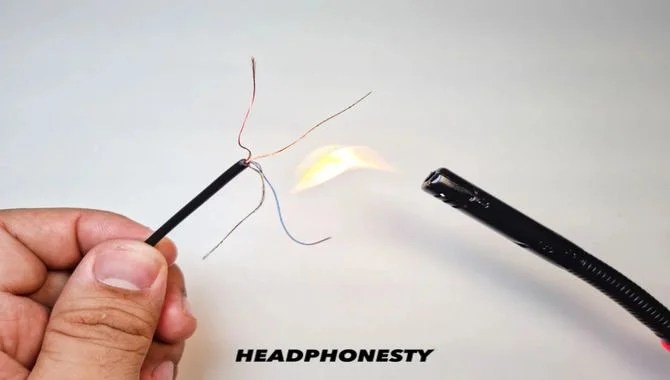
The first thing you should do is check the condition of the wire itself. If it’s visibly damaged, you’ll need to replace it with a new one. You can buy a new wire directly from the manufacturer or find it online.
Next, you’ll need to remove any insulation from the wire ends. This is done by using a pinched end of the wire and gently pulling it off until all the insulation is removed. Make sure that both ends of the wire are clean before proceeding.
Connect one end of the wire to the positive terminal on your device and the other to the negative terminal. These connections must be tight so that no sound leaks out during playback. Finally, cover up both terminals with electrical tape, so they don’t come in contact with anything else.
Wrap It With Electrical Tape
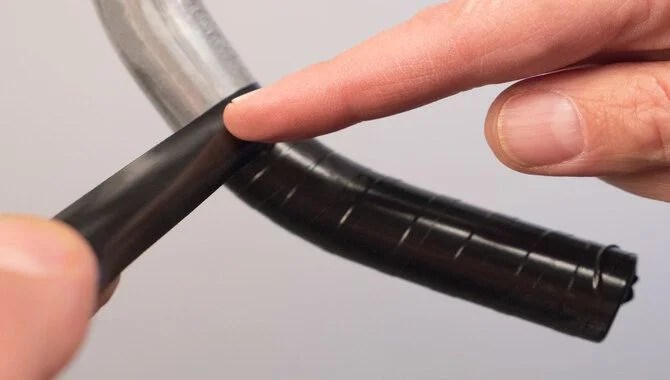
There are a few things you need to keep in mind when it comes to cables.
– The thicker the cable, the better. A thick cable will prevent interference and improve sound quality.
– Make sure the wires are tightly bundle together. This will help reduce noise and ensure a smooth signal transmission.
– Use electrical tape to wrap the cables around your headphone or audio device. Other debris and make them easier to grip when using them.
Use Heat-Shrink Tubing

Headphone cables often get tangled up and can be hard to manage. To make things easier, use heat-shrink tubing to shrink the cable so it’s easier to handle and less likely to get tangled up.
Heat-shrink tubing comes in different sizes and is easy to use. Put it over the end of the cable where it will be shrunk down, then heat it with a hair dryer or stovetop flame until it becomes semi-soft.
Once it’s soften, pull the tubing off and tie it into a knot. You now have a skinny-down cable that’s easier to manage and less likely to get tangled up.
Mould Sugru Around It
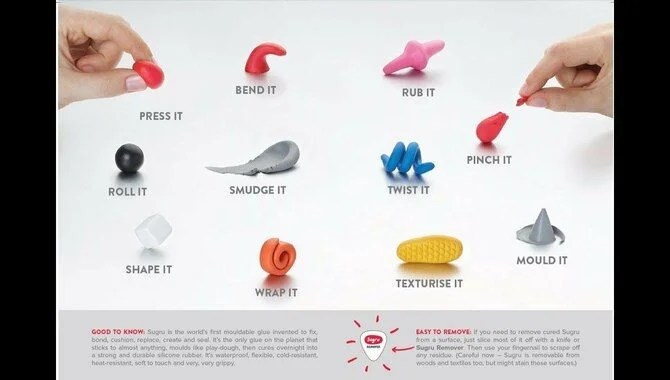
Mould Sugru is a new adhesive used to fix broken or misplaced headphone cables. It’s a versatile, repairable material that you can apply to any surface (including your headphones!), and it will hold until you remove it.
Mould Sugru is made from natural ingredients and forms a strong, flexible bond when apply to surfaces. You can use it to fix cables that have been bent or twist, as well as to reconnect severed wires. It’s also suitable for use in areas where other adhesives would not be ideal, like underwater or high-temperature environments.
Mould Sugru comes in a few different colors, so you can choose the one that best suits the look of your headphones. Plus, it’s easy to apply and requires no special tools or techniques – just wet hands and some patience!
Use Cable Savers
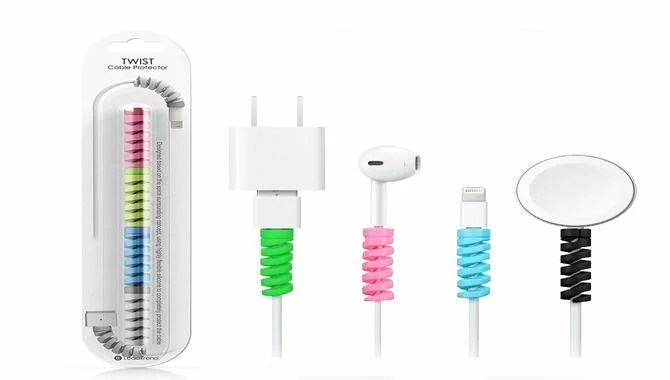
You can do a few things to keep your headphone cables as neat and tidy as possible.
One way is to use cable savers. These are small pieces of plastic or metal that you insert between the cable and the jacks on your phone or audio player to stop them from rubbing against each other and tangled up.
Cable savers generally come in two types: fixed cable savers and adjustable cable savers. Fixed cable savers sit in one place, while adjustable ones can be moved around to suit your needs. Another great way to keep your cables tidy is by storing them separately.
If you have multiple pairs of headphones that you use regularly, it’s a good idea to hold them all together in one place, so they’re easy to access when you want to use them. This also makes it easier to avoid losing any of them accidentally.
Just Three Easy Steps To Savings

Like most people, you probably haul your headphones cables around wherever you go. And in a world where prices for headphones are constantly rising, that’s not a great idea.
Instead of spending money on headphones cables every time you get a new pair of headphones, why not invest in a good set of headphones with built-in cables? This way, you’ll only have to spend money on listening to your music!
– Buy a good quality cable instead of cheap ones. Cheap cables can often break or fray quickly, which is never fun.
– When it comes to headphone cables, length does matter. You don’t want them so short that they’re challenging to use or store, but also make sure they’re long enough so that you can move them around without having to worry about snagging them on something.
– Invest in a wire management system. This will help keep your cords tidy and organized, making it easier to find what you’re looking for when it comes to your headphones.
Final Thoughts
There are many types of cables. You will find them in markets. If your cable is spoilt and you desire to make a new cable, this article may help you.
I showed you what you would need to make a headphone cable. I also told them about the type of jacks and what they do. I hope you understand which parts will be needed to make a headphone wire. I hope now you know parts of a headphone wire.
Headphones are not an uncommon accessory these days. Many people use headphones daily and don’t even think twice before buying them. It’s a long-term investment, after all.
Generally, the parts of a headphone cable are pretty simple to understand, but they can still confuse some customers. That is why we have gone through this article until the end and provided everything you need to know about it in one place. I hope that is enough information for you now. Good! Now enjoy your new pair of headphones.
FAQs
1.What Is A HONE JACK?
Ans: A headphone cable is an electrical connector that connects your headphones to your audio device. It can be a simple two-prong plug or a more elaborate three- or four-conductor configuration with multiple connections on the plugs.
2.What Happens If I Twist The Cable Near A Jack?
Ans: If you twist the cable near a jack, it can cause noise and distortion in your audio. Try to position the cable, so it doesn’t touch any components on the audio device or wirelessly connect directly to the headphones.
3.What Is The Cable?
Ans: The cable is the main component of a headphone jack, and it connects your headphones to your audio device.
4.What Is Frayed Wire?
Ans: Frayed wire is a condition in which the insulation on the wire has been broken, causing the metal to touch metal. This can cause interference and noise in your audio, so it’s important to inspect your cables for frayed wires and replace them if necessary.
5.How Do I Fix My Headphone Wires?
Ans: If you’re experiencing audio issues with your headphones, the first thing to check is whether they’re plug in correctly. Ensure that the headphone connector is plugged into the audio output on your device and that the cable isn’t twisted or kinked.
If all of these checks pass and you still hear problems, it may be time to replace your lines. To do this, take apart both components of your headphones (the headband and earcup) and inspect each wire for damage or frayed insulation.
6.What Are The Risks Of Using Headphones Wires?
Ans: There are a few risks associate with using headphones wires. One is that if the cables become frayed, they can create interference and noise in your audio. Also, damaged or broken wire can cause electrical shorts, damage other components in your device, or even cause a fire. Finally, if you lose the cable, you’ll have to replace it entirely—which may be more expensive than buying new headphones.
7.What Happens If Your Headphone Wires Break?
Ans: If your headphone wires break, the audio from your device will be interrupt. This can cause many problems with sound and may even result in signal loss. It can be pretty frustrating if this happens while you’re listening to music or watching a movie. To avoid this problem, keep your cables tidy and protected from damage.
8.What Are The Signs Of Vulnerable Audio Headphone Cables?
Ans: If you notice any of the following signs that your headphone cable is vulnerable to damage, it might be time to replace it:
-Your cables are consistently getting twist or kinked in the middle
-There are visible signs of wear and tear on either the wire or connector
-The insulation is crack, torn, or exposed -The connector has metal parts. If you notice any of these signs, it’s probably best to replace your cable.


